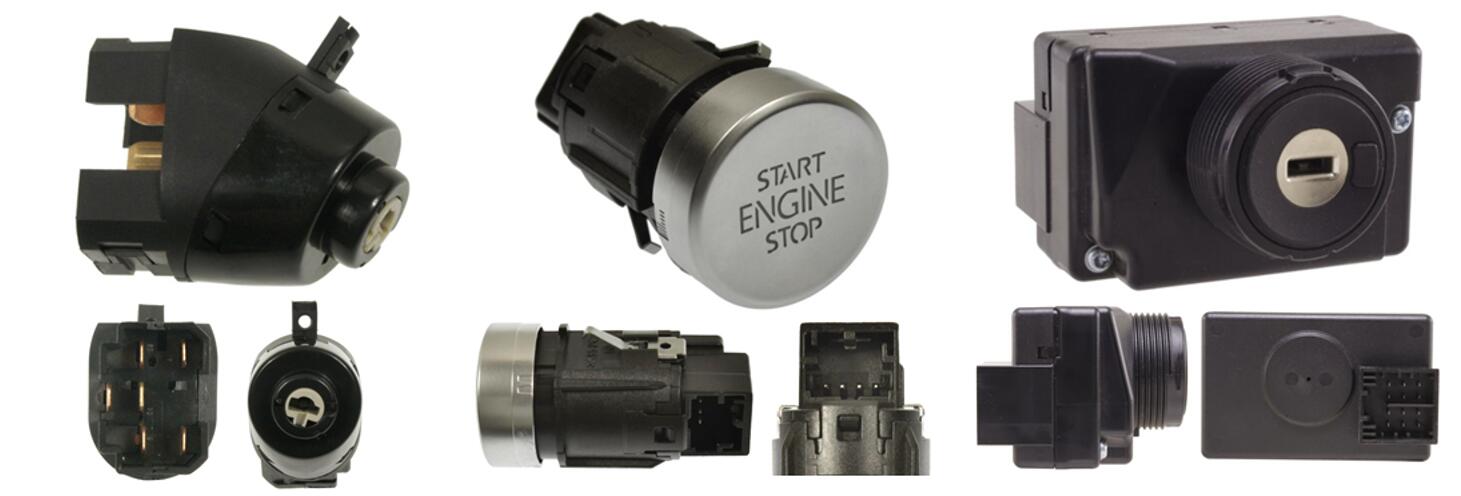
The ignition system is the core of the vehicle engine, consisting of the power supply, ignition coil, distributor, spark plug, ignition switch and control circuit. The ignition system is with the highest failure rate of all engine systems. So if you are a new driver who wants to learn more about the ignition system, you will enjoy what you are reading now. Let's take a look.
2. Classification & Working principle
2.1 Transistorized ignition system
2.2 Electronic ignition system
There is a cooperative mechanism inside the ignition system. In order to work properly, the spark plug receives high-voltage electricity with sufficient energy (about 15000 ~ 30000V) according to the ignition order of each cylinder. The spark plug produces enough sparks to ignite the combustible mixture.
The performance of the ignition system has a great impact on power, emission and fuel consumption. The technical condition determines whether the engine works properly.
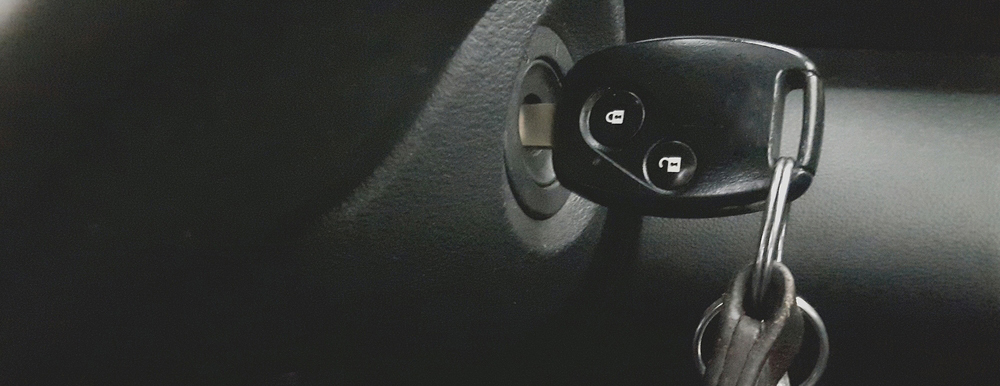
2. Classification & Working principle
Ignition systems are generally divided into the transistorized ignition system, electronic ignition system and battery ignition system. Here are the description and working principles of these three types.
2.1 Transistorized ignition system
In the transistorized ignition system, when the contact is closed, the current doesn't directly flow from the closed contact to the primary winding, but to the base circuit of the transistor.
The disconnector contact no longer acts as direct control of the primary current, but as a trigger controller for the transistor. So the current that goes through the disconnector contact can be reduced to 1/5 - 1/10 of the primary current.
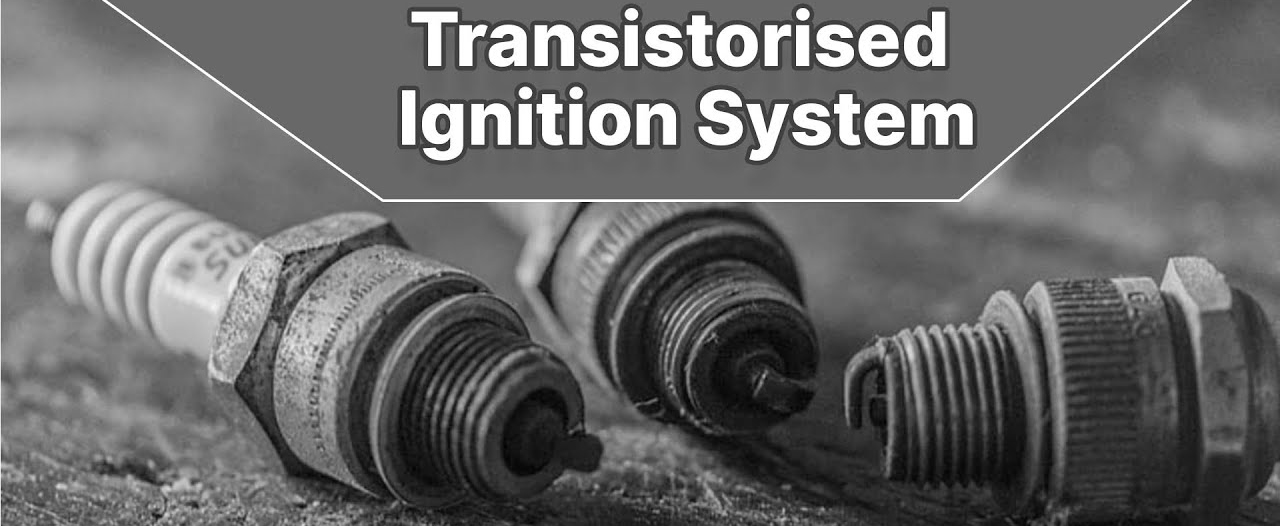
2.2 Electronic ignition system
The electronic ignition system is completely different from the mechanical ignition system. The former one has an electronic control unit for ignition. The expert draws the complete circuit as the ignition control curve under various operating conditions.
A series of sensors such as the vehicle speed sensor, intake pipe vacuum sensor (engine load sensor), throttle position sensor, crankshaft position sensor go into service to determine the operating state of the engine.
You can find out the ignition advance angle required for the engine in the ignition control curve. The above ignition requirements are then corrected according to the signal from the knock sensor. The whole process makes the engine work at the optimum ignition time.
The electronic ignition system divides into the closed-loop control type and open-loop control type. The closed-loop control system is with a knock sensor. It corrects the ignition advance angle in time according to whether the engine detonation occurs.
The open-loop control system is not with a knock sensor. It corrects the ignition advance angle only based on the program set within the electronic control unit.
The battery ignition system consists of a power supply (battery or generator), ignition coils, distributor, spark plugs, ignition switch and control circuit. The ignition switch controls the opening and closing of the instrumentation circuit, the ignition system primary circuit and the starter relay circuit.
The ignition coil is equivalent to an autotransformer. It transforms the low voltage direct current of 12V, 24V or 6V supplied by the power supply into a high voltage direct current of 15 to 20kV.
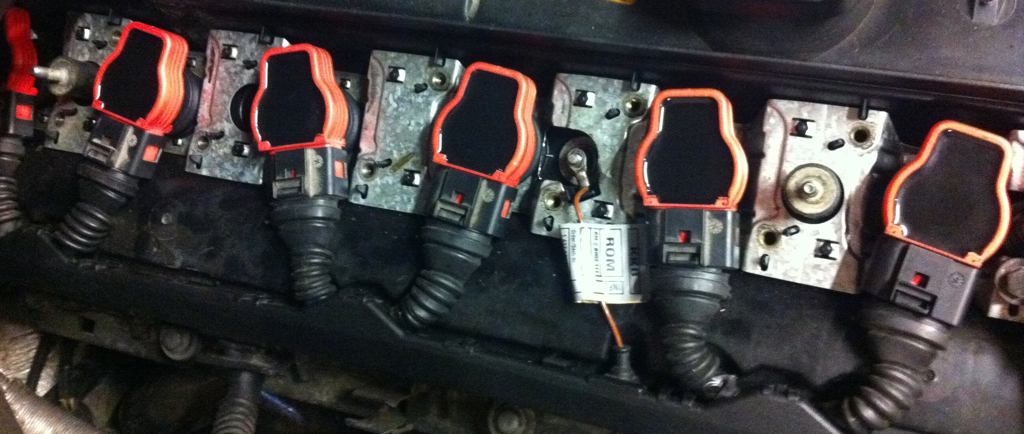
The distributor consists of a disconnector, capacitor and ignition advance adjustment device. It turns on and off the primary circuit of the ignition system when the engine is working so that the secondary winding produces high voltage.
The ignition coil produces high voltage, then distributes them to spark plugs in corresponding cylinders according to the engine requirements of the ignition moment and ignition sequence.
The disconnector mainly consists of the disconnector cam, the disconnector contacts and the movable contact arm. The disconnector cam is driven by the engine camshaft. They rotate at the same speed. For every twice of the engine crankshaft rotation, the disconnector cam rotates for one time.
The distributor cap has a central electrode and many side electrodes. The number of which is equal to the number of cylinders in the engine. The rotor mounts on the distributor camshaft. It rotates together with the distributor shaft.
When the engine works, the high voltage generated in the secondary winding is sent to each cylinder's spark plugs via the central electrode on the distributor cap, rotor, side electrode, and ignition cable.
The capacitor installs in the distributor shell. It contacts the disconnector in parallel and reduces sparks generated in the contacts when disconnecting the disconnector contact. This mechanism avoids contact ablation. It can extend the service life of the contacts.
The ignition advance adjustment device consists of two parts, centrifugal and vacuum. It settles underneath the base plate of the circuit breaker and on the distributor shell. It automatically adjusts the ignition advance angle during the engine operation in response to change in various engine operating conditions.
The spark plug consists of a central electrode and a side electrode. It installs in the combustion chamber. It sends the high voltage generated by the ignition coil into the combustion chamber to ignite the combustible mixture.
The power supply provides the energy required for the ignition system to work. It consists of a battery and a generator. The voltage is generally 12 V.
● Electric power
The ignition system is powered by the battery. The electric power provides the ignition system with a low-voltage direct current, usually at 12V.
● Ignition coil
The ignition coil transforms the low voltage of 12V into a high voltage of about 20kV. Its structure is similar to that of an autotransformer. So it is also called a transformer.
● Distributor
The distributor is made up of a signal generator and a mechanical ignition advance angle adjusting device. Now, most of the engine ignition system adopts to the direct ignition. The distributor has been gradually eliminated.
● Ignition module
The ignition module, also known as the ignition controller, is an integrated circuit consisting of a shaping circuit, an amplifier circuit and a switching circuit. It mainly acts as a switch to control the conduction and cut-off of the primary circuit of the ignition system.
● Spark plug
The spark plug sends high voltage into the combustion chamber of the cylinder to produce sparks to ignite the air-fuel mixture.
● High voltage wires
High voltage wires connect the ignition coil, distributor and each spark plug.
● Ignition switch
The ignition switch controls the primary circuit of the ignition system and the excitation circuit of the charging system, the starting circuit, and all electrical equipment controlled by it.
● Puncture spark plugs
The larger the spark pug gap appears, the higher the breakdown voltage. Pay attention to the pressure and temperature of the air-fuel mixture. The greater the pressure, the lower the temperature, the higher the breakdown voltage.
About the electrode temperature control, the higher the temperature, the smaller the gas density, the lower the puncture voltage.
● Energy of sparks
To make the mixture up to the temperature of spontaneous combustion, the energy is 1mJ - 5mJ. In this process, it shows whether the air-fuel mixture is rich or thin. When it reaches 80mJ - 100mJ, the energy is suitable for the high electronic ignition system.
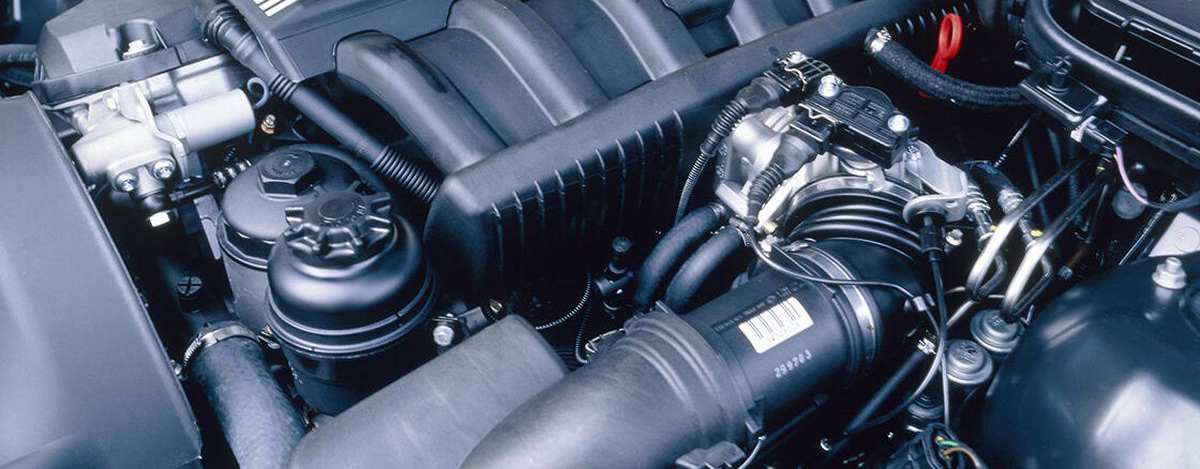
● Ignition sequence
The ignition must be carried out at the right time. In the process, there is a risk of reducing the engine power. The detonation injures the vehicle. The engine doesn't run smoothly.
● When stopping, checking or carrying out necessary disassembly, turn off the ignition first.
● The battery should be fully charged. Wires in the ignition system should be well connected, especially the bond strap.
● When replacing the ignition system components, generally use the same model. Avoid mixing various models. Don't use ordinary ignition coils instead of special ignition coils.
● When soldering on the vehicle, remove the battery wiring first.
● When you carry out the maintenance, avoid splashing water into the electronic components.
● When judging faults, do not use the "scratch method" to test and check.
● While the engine is running, don't remove the battery.
 Lauritz Carolsfeld
Lauritz Carolsfeld  September 25, 2021
September 25, 2021


